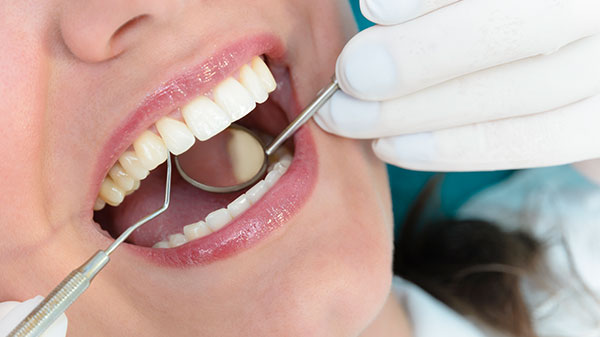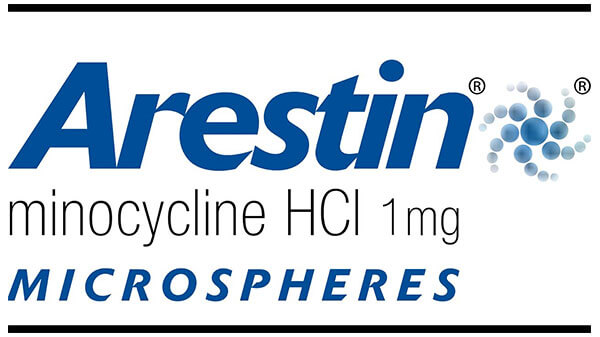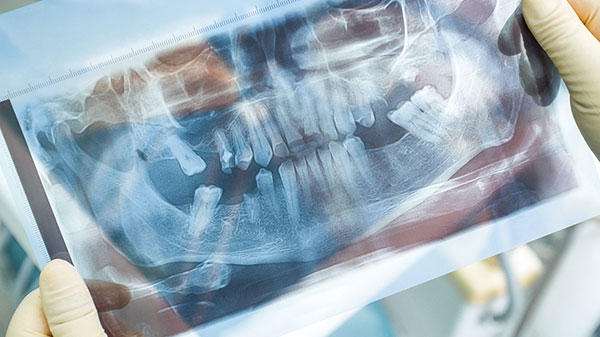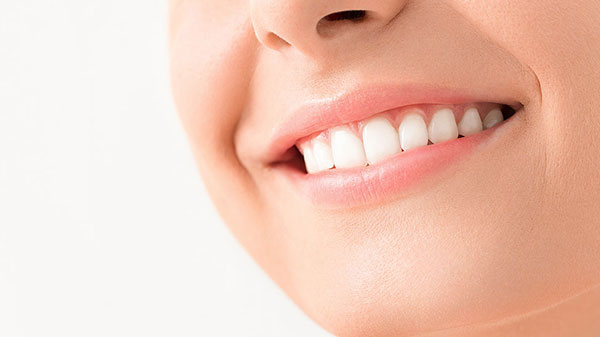Periodontics Torrance, CA

Sachi & Co. Dentistry provides periodontal services in Torrance, CA. Call 310-530-9893 to learn more and schedule your dental health appointment.
People often overlook their gums when it comes to periodontal health, but they’re just as important as your teeth. Gum disease can lead to infections, pain, bleeding, bad breath, root exposure, shifting teeth, and even tooth loss. We offer laser therapy and specialist periodontal care, along with both surgical and non-surgical treatment of gum disease.
Scaling and Root Planing for Periodontal Health

Scaling and root planing is our first line of dental health defense when it comes to treating gum disease. This treatment involves removing plaque and calculus from below the gumline, then smoothing the root of the tooth to encourage the gum to reattach, eliminating the pockets where bacteria collects. Once this treatment plan is completed, most patients will stay on a dental health maintenance schedule in order to prevent further damage.
Periodontal Laser Therapy
Soft tissue lasers are used in conjunction with periodontal therapy and dental surgeries to improve healing and results with little to no post-operative pain. It can also assist in patient comfort after dental procedures by reducing sensitivity and bleeding. Laser is often used as an adjunct to periodontal procedures such as deep cleanings and peri-implantitis (inflammation around dental implants) as they have bactericidal properties.
Arestin®

This locally applied antibiotic delivers minocycline microspheres to the infected periodontal pocket at the time of scaling and root planing for easy, targeted dental health treatment. The microspheres provide a sustained release of antibiotics for more effective treatment. It may also be used in pocket depth reduction or as part of a periodontal maintenance program.
Gum Grafting
Gum grafting is used to treat root exposure that results from gum recession. You may have noticed that your roots have become exposed and your natural teeth look longer than they used to. This is gum recession. You have lost both gum tissue and bone around your tooth. Gum recession can lead to the loss of your tooth if it extends into the soft tissue past the firm area where it is attached to bone. To fortify and restore receding gums, tissue is removed from elsewhere in the mouth and sutured to the area needing augmentation.
Bone Grafting for Implant Dentistry

When there are missing teeth, the supporting bone is reabsorbed by the body. Bone grafting reverses this bone loss and strengthens the jaw in preparation for dental implants or a prosthesis.
Crown Lengthening

Crown lengthening dental services can be done to expose more of the tooth’s structure prior to crown placement or as a cosmetic procedure to correct a “gummy” smile.
Periodontal Splinting
Periodontal splinting stabilizes natural teeth that are loose due to periodontal disease or bone loss. These splints may use stabilizing wire or ribbon, composite resin, crowns, inlays/onlays, and/or veneers to provide stability to the teeth for oral health.
Learn More About Periodontal Disease
Periodontal health issuescan be prevented with proper dental care, and treated at each stage.
Learn More About the Stages of Periodontal DiseaseFrequently Asked Questions About Periodontal Care
Can gum disease be cured?
Yes, when it is in its early stages, gum disease is reversible. Usually this can be accomplished with scaling and root planing, a minimally invasive, non-surgical procedure. Once gum disease has progressed, it begins to affect dental health by damaging the supporting structures surrounding the teeth; this damage is more difficult and costly to repair and usually requires ongoing maintenance visits and quality dental care to prevent further damage.
What are the first signs of gum disease?
One of the most common early signs of gum disease is gums that bleed when you brush your teeth. Your gums may be red and inflamed, and sometimes even painful. You are likely to have bad breath or a persistent bad taste in the mouth.
Do I have gingivitis or periodontitis?
Gingivitis is a precursor to gum disease. It involves inflammation—your gums will be red, swollen, and may bleed when you brush. Once you have lost bone around your natural teeth, you have periodontitis. Treating gingivitis can prevent periodontitis and improve your dental health.
Is scaling and root planing painful?
Scaling and root planing is a minimally-invasive, non-surgical periodontal health treatment option for gum disease. Even though oral surgery is not involved, swollen gums can be uncomfortable to clean, so your gum tissue will be numbed with local anesthetic prior to the procedure. Once your oral health treatment is complete, you may experience some tenderness afterwards. Cold compresses and over-the-counter pain medications are usually all that’s needed to alleviate any discomfort. Once your gums heal, the inflamed gums tighten and you may notice more of your roots are exposed above the gums. If you experience increased root sensitivity, call us to discuss treatment options with your doctor.
Call 310-530-9893 to schedule your dental care appointment.

